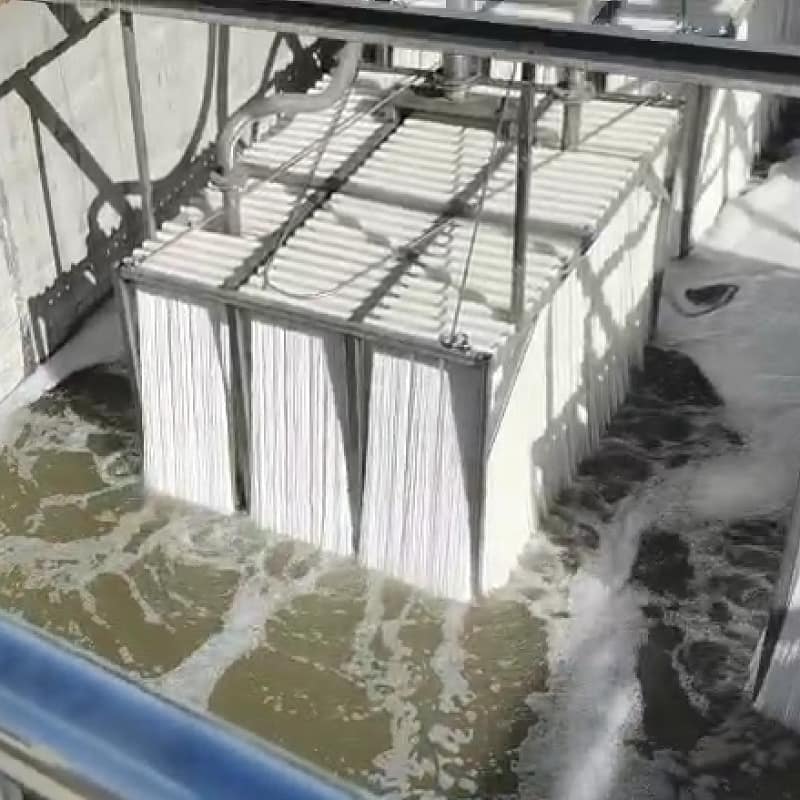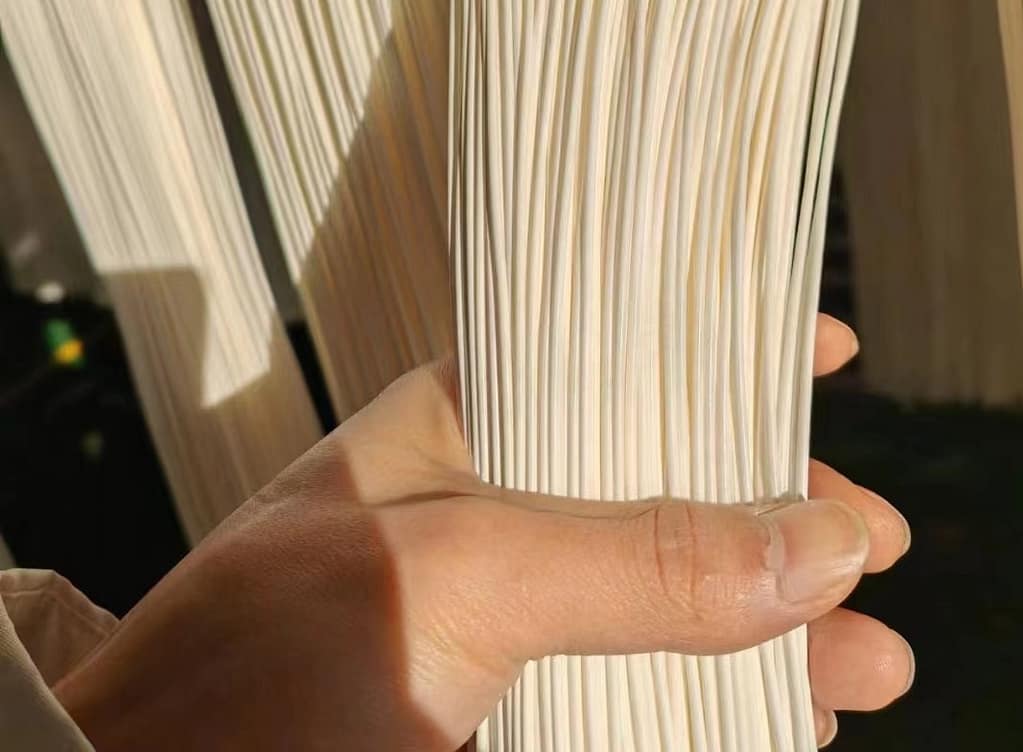MBR Membrane Cleaning: Causes, Solutions, and Maintenance Tips
MBR membrane cleaning is a critical part of keeping your wastewater treatment system running smoothly. When membrane pores get clogged, performance drops and costs rise. In this article, we’ll explore the key causes of fouling, how to clean your membranes effectively, and the best practices to prevent future issues.
Why Do MBR Membranes Get Clogged?
Membrane clogging is usually caused by a combination of suspended solids, biological buildup, and chemical residues. Some common causes include:
- Inadequate aeration or poor scouring design
- High sludge viscosity or over-concentration
- Unstable suction pressure or fluctuating flow rate
- Poor pre-treatment or insufficient microorganism activation
How to Prevent MBR Membrane Fouling
Here are practical steps to reduce the risk of fouling:
- Use fine-bubble diffusers (∮80–100 μm) to enhance membrane scouring
- Operate the system in intermittent mode (e.g., 10 min suction, 2 min stop)
- Delay membrane startup until microorganisms are fully active
- Keep suction pressure steady, ideally between -0.005 to -0.02 MPa
- Use siphon discharge to reduce pressure on the membranes
MBR Membrane Cleaning Methods
There are two primary cleaning methods: physical and chemical. Here’s how each works:
Physical Cleaning
- Backwashing membranes 2–3 times a day with filtered permeate water
- Use flow rate over 100 L/h per membrane, pressure above 0.10 MPa
- Install a 1μm security filter before the backwash pump
Chemical Cleaning
For deeper cleaning, use chemical agents as follows:
- Use 300–500 ppm NaOCl (sodium hypochlorite) or 500–1000 ppm NaOH/HCl for chemical backwash every 3–6 days
- Soak membranes for 20–30 minutes, then rinse thoroughly
- If suction pressure exceeds -0.05 MPa, perform a full chemical clean with:
- 0.2% NaOCl + 2% NaOH for organic/biofouling
- 2% HCl soak for high-salinity or inorganic fouling
Additional Cleaning for Ultrafiltration Membranes
Ultrafiltration membranes may require these steps:
Physical Methods
- Forward flush and reverse flush under equal pressure
- Backflush using a high-flow clean water pump
Chemical Methods
- Acid wash (citric, oxalic, or HCl) for inorganic fouling
- Alkaline wash (NaOH, pH 10–12) for organics (Note: PVDF membranes max pH ~10)
- Oxidation with diluted hydrogen peroxide or NaOCl
- Enzyme-based cleaning for protein contaminants
Common Mistakes to Avoid
- Starting membrane suction before sludge is activated
- Using excessive aeration, which damages membrane fibers
- Skipping pressure monitoring and TMP tracking
- Not rinsing chemicals properly after cleaning
Conclusion
Proper MBR membrane cleaning ensures your system stays efficient, minimizes downtime, and prolongs membrane life. Following the right cleaning intervals, using appropriate chemicals, and maintaining stable system conditions are key to successful operation.

